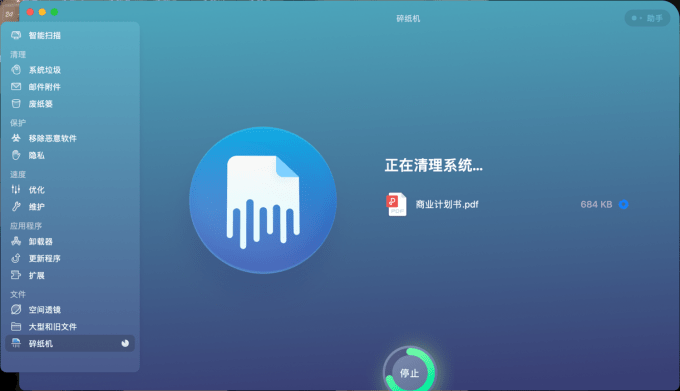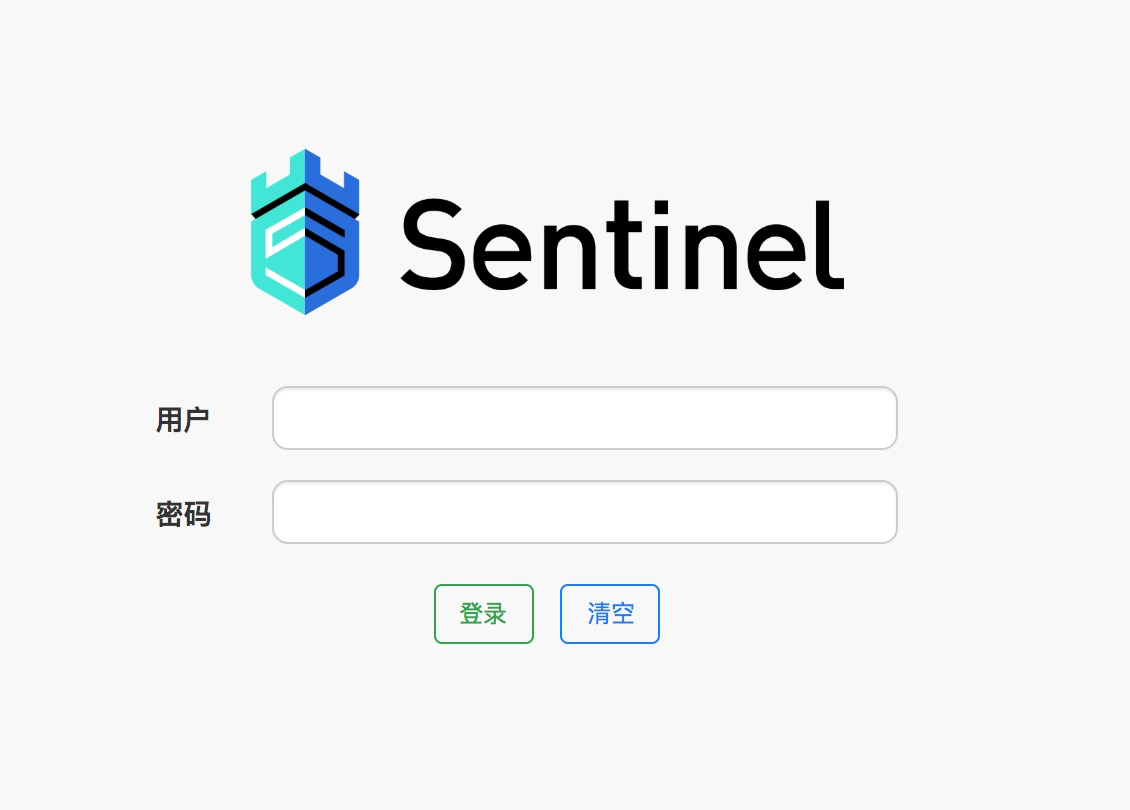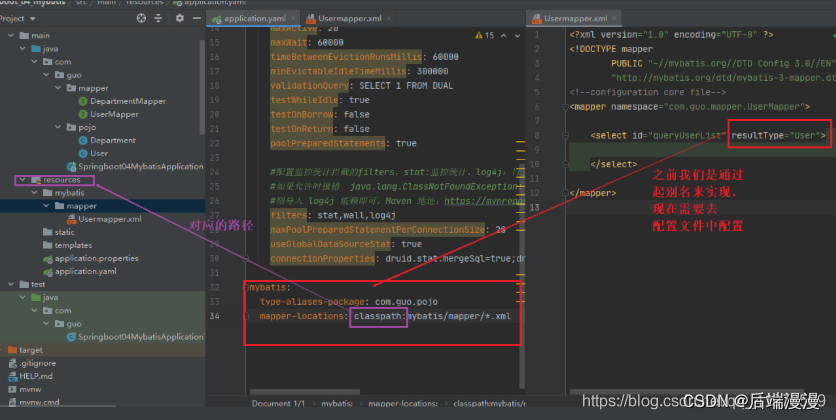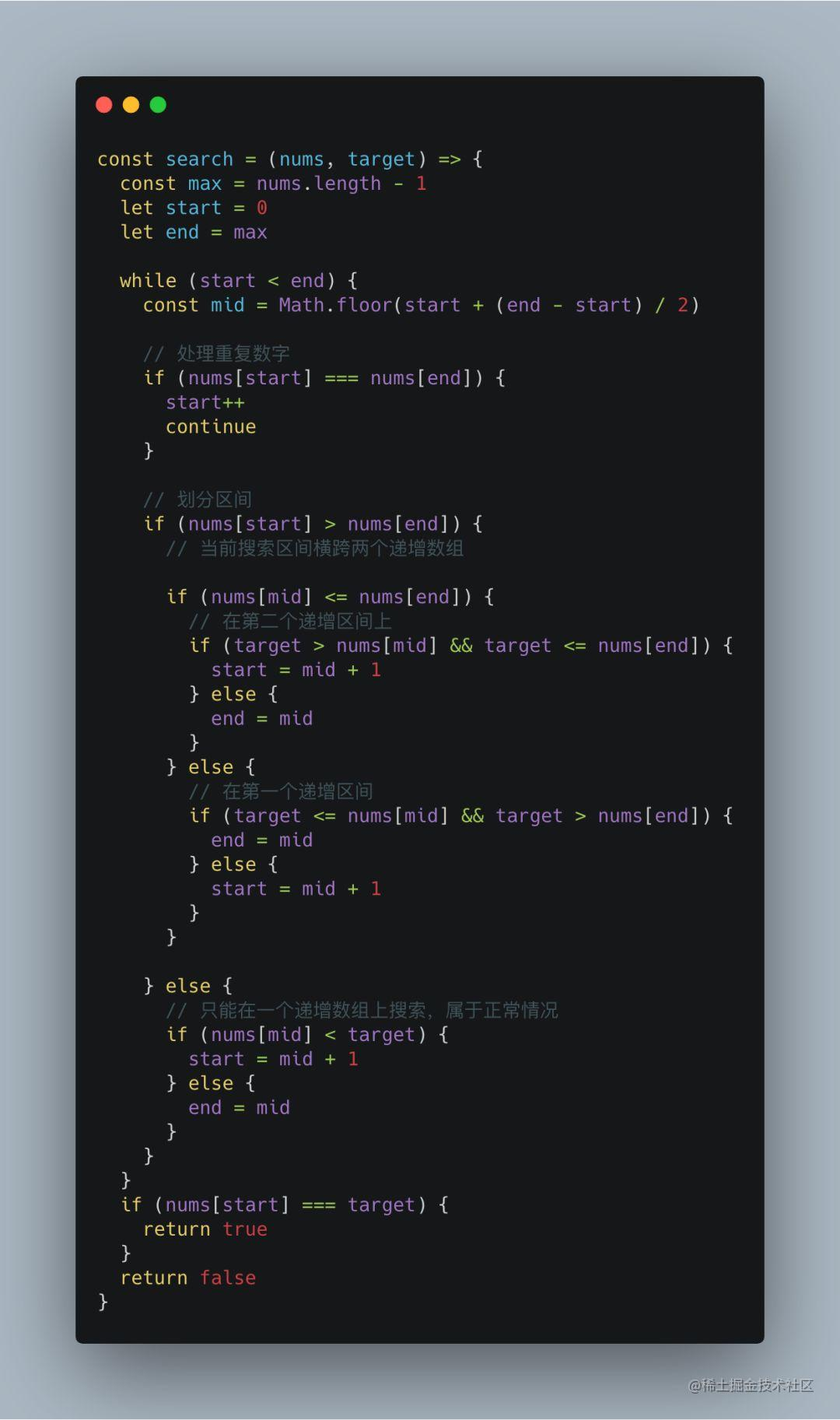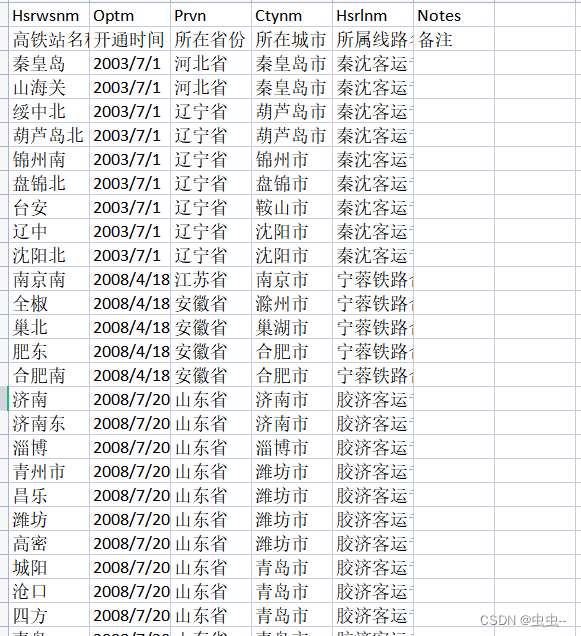目录
一、索引操作
二、映射操作
三、文档操作
elasticsearch 的基本操作多维度分享此篇正式分享,具体包括索引、映射、文档的相关处理,模拟生成环境,通过DSL语句和java的高级REST形式全方位展示给大家;
一、索引操作
1、创建索引:设置分片和副分片
PUT /nandao_scenic
{
"settings": {
"number_of_shards": 5,
"number_of_replicas": 2
} ,
"mappings": {
"properties": {
"title":{
"type": "text"
},
"city":{
"type": "keyword"
},
"price":{
"type": "double"
}
}
}
}2、删除索引
DELETE /nandao_scenic3、关闭索引
POST /nandao_scenic/_close4、打开索引
POST /nandao_scenic/_open还有很多类似的DSL语句,具体可以参考:

5、索引别名:
每个月一个索引,我要查1、2月份的数据,只能建立别名索引,即通过一个索引去查数据
5.1、一月份的索引和数据
PUT /nandao_one_log
{
"mappings": {
"properties": {
"scenic_id":{
"type": "keyword"
},
"uid":{
"type": "keyword"
},
"check_in_date":{
"type": "keyword"
}
}
}
}
POST /nandao_one_log/_doc/01
{
"uid":"01",
"scenic_id":"1212",
"check_in_date":"2023-01-23"
}5.2、二月份的索引和数据
PUT /nandao_two_log
{
"mappings": {
"properties": {
"scenic_id":{
"type": "keyword"
},
"uid":{
"type": "keyword"
},
"check_in_date":{
"type": "keyword"
}
}
}
}
POST /nandao_two_log/_doc/01
{
"uid":"01",
"scenic_id":"1552",
"check_in_date":"2023-02-23"
}5.3、构建别名索引
POST /_aliases
{
"actions": [
{
"add": {
"index": "nandao_one_log",
"alias": "last_two_month"
}
},
{
"add": {
"index": "nandao_two_log",
"alias": "last_two_month"
}
}
]
}5.4、通过别名索引查询数据
GET /last_two_month/_search
{
"query": {
"term": {
"uid": "01"
}
}
}
#查询结果,1、2月份的数据
{
"took" : 0,
"timed_out" : false,
"_shards" : {
"total" : 2,
"successful" : 2,
"skipped" : 0,
"failed" : 0
},
"hits" : {
"total" : {
"value" : 2,
"relation" : "eq"
},
"max_score" : 0.6931471,
"hits" : [
{
"_index" : "nandao_one_log",
"_type" : "_doc",
"_id" : "01",
"_score" : 0.6931471,
"_source" : {
"uid" : "01",
"scenic_id" : "1212",
"check_in_date" : "2023-01-23"
}
},
{
"_index" : "nandao_two_log",
"_type" : "_doc",
"_id" : "01",
"_score" : 0.2876821,
"_source" : {
"uid" : "01",
"scenic_id" : "1552",
"check_in_date" : "2023-02-23"
}
}
]
}
}
6、向别名索引中写数据-错误示例
POST /last_two_month/_doc/02
{
"uid":"02",
"scenic_id":"12232",
"check_in_date":"2023-02-23"
}此时是报错的,不知道往哪个目标索引写数据,设置目标索引:
POST /_aliases
{
"actions": [
{
"add": {
"index": "nandao_one_log",
"alias": "last_two_month",
"is_write_index":true
}
}
]
}设置完成后再通过别名索引写数据就可以成功了!
7、间接添加数据分片
数据分片不能改变,但是随着业务数据的急剧增长,需要增加分片,这时候我们只能通过别名索引间接添加分片
7.1、最初的索引
PUT /nandao_scenic_1
{
"settings": {
"number_of_shards": 5,
"number_of_replicas": 2
} ,
"mappings": {
"properties": {
"title":{
"type": "text"
},
"city":{
"type": "keyword"
},
"price":{
"type": "double"
}
}
}
}7.2、最初的别名索引
POST /_aliases
{
"actions": [
{
"add": {
"index": "nandao_scenic_1",
"alias": "nandao_scenic_a"
}
}
]
}7.3、新建更多分片的索引:
PUT /nandao_scenic_2
{
"settings": {
"number_of_shards": 10,
"number_of_replicas": 2
} ,
"mappings": {
"properties": {
"title":{
"type": "text"
},
"city":{
"type": "keyword"
},
"price":{
"type": "double"
}
}
}
}当数据向nandao_scenic_2索引写完后,就可以正式切换索引了!
7.4、最终的别名索引
POST /_aliases
{
"actions": [
{
"remove": {
"index": "nandao_scenic_1",
"alias": "nandao_scenic_a"
}
} ,
{
"add": {
"index": "nandao_scenic_2",
"alias": "nandao_scenic_a"
}
}
]
}
二、映射操作
1、查看索引映射
GET /nandao_scenic/_mapping
#结果
{
"nandao_scenic" : {
"mappings" : {
"properties" : {
"city" : {
"type" : "keyword"
},
"price" : {
"type" : "double"
},
"title" : {
"type" : "text"
}
}
}
}
}
2、扩展映射:
POST /nandao_scenic/_mapping
{
"properties":{
"tag":{
"type":"keyword"
}
}
}3、基本数据类型
3.1、keyword 类型是不进行切分的字符串类型,一般用来描述姓名、类型、用户id、URL和状态码等
3.2、text 类型是可进行切分的字符串类型,一般用match匹配搜索,如果用term查询,会查不到数据的。
3.3、数值类型包括long、integer、short、byte、double、float等常用类型,一般用gte\lte等参数查询,即范围查询。
3.4、布尔类型,是或否的意思,比较容易理解。
3.5、日期类型,date,可以使用范围查询,20221212类型,尽量不要format类型,处理历史数据容易出错。
添加扩展映射:
#继续扩展映射
POST /nandao_scenic/_mapping
{
"properties":{
"full":{
"type":"boolean"
},
"creata_time":{
"type":"date"
}
}
}查询看到所有常用的基本数据类型:
{
"nandao_scenic" : {
"mappings" : {
"properties" : {
"city" : {
"type" : "keyword"
},
"creata_time" : {
"type" : "date"
},
"full" : {
"type" : "boolean"
},
"price" : {
"type" : "double"
},
"tag" : {
"type" : "keyword"
},
"title" : {
"type" : "text"
}
}
}
}
}4、复杂的数据类型
4.1、数组类型
比如上面的tag字段时keyword类型,但是可以存数组,后期搜索时对应原来的term,精准完全匹配原则,也是用相应的数组数据去查询,如果需要的话:
POST /nandao_scenic/_doc/002
{
"title":"五台山",
"city":"山西",
"price":"88.8",
"tag":["有车位","人多"]
}查询语句
GET /nandao_scenic/_search
{
"query": {
"term": {
"tag": {
"value": "人多"
}
}
}
}4.2、对象类型
对象和数组一样不用事先定义,写入时自动转化成对象类型,同时对应的索引映射中也有相应的变化,比如:
POST /nandao_scenic/_doc/001
{
"title":"五山",
"city":"江西",
"price":"88.8",
"comment":{ //对象数据
"properties":{
"good":88, //好评
"bad":7 //差评
}
}
}查询方式:比如好评大于10的景区
GET /nandao_scenic/_search
{
"query": {
"range": {
"comment.properties.good": {
"gte": 10
}
}
}
}4.3、地理类型
互联网时代位置定位越来越多,es顺势也支持地理类型,扩展相应索引
POST /nandao_scenic/_mapping
{
"properties":{
"location":{
"type":"geo_point"
}
}
}添加包含地理类型数据
POST /nandao_scenic/_doc/003
{
"title":"雍和宫",
"city":"北京",
"price":"88.8",
"location":{
"lat":80.01234,
"lon":118.98756
}
}5、动态映射
5.1、多字段处理:
对于一个相同的字段有时需要不同的数据类型,即不同的业务选择不同的查询方式,比如在用户查询过程,既要根据用户查询,又要进行模糊查询或者姓氏查询,此时我们在mapping映射过程建立text和keyword两份索引,其中keyword作为子字段类型:
PUT /nandao_scenic_order
{
"mappings": {
"properties": {
"order_id":{
"type": "keyword"
},
"user_id":{
"type": "keyword"
},
"user_name":{
"type": "text",
"fields": {
"user_name_keyword":{
"type": "keyword"
}
}
},
"scenic_id":{
"type": "keyword"
}
}
}
}写入多字段数据
#写入多字段数据
POST /nandao_scenic_order/_doc/001
{
"order_id":"009",
"user_id":"u001",
"user_name":"nandao",
"scenic_id": "s001"
}
POST /nandao_scenic_order/_doc/002
{
"order_id":"008",
"user_id":"u002",
"user_name":"lisi",
"scenic_id": "s002"
}
POST /nandao_scenic_order/_doc/003
{
"order_id":"0011",
"user_id":"u003",
"user_name":"wang wu",
"scenic_id": "s003"
}
POST /nandao_scenic_order/_doc/004
{
"order_id":"0010",
"user_id":"u004",
"user_name":"su wu",
"scenic_id": "s004"
}
查询并排序
GET /nandao_scenic_order/_search
{
"query": {
"match": {
"user_name": "wu"
}
},
"sort":
{
"user_name.user_name_keyword": "desc"
}
}查询结果:
{
"took" : 369,
"timed_out" : false,
"_shards" : {
"total" : 1,
"successful" : 1,
"skipped" : 0,
"failed" : 0
},
"hits" : {
"total" : {
"value" : 2,
"relation" : "eq"
},
"max_score" : null,
"hits" : [
{
"_index" : "nandao_scenic_order",
"_type" : "_doc",
"_id" : "003",
"_score" : null,
"_source" : {
"order_id" : "0011",
"user_id" : "u003",
"user_name" : "wang wu",
"scenic_id" : "s003"
},
"sort" : [
"wang wu"
]
},
{
"_index" : "nandao_scenic_order",
"_type" : "_doc",
"_id" : "004",
"_score" : null,
"_source" : {
"order_id" : "0010",
"user_id" : "u004",
"user_name" : "su wu",
"scenic_id" : "s004"
},
"sort" : [
"su wu"
]
}
]
}
}
倒序、正序均可以排列查询。
三、文档操作
1、单条文档写入:上面已经演示,此处演示不指定文档id,即_doc后面不加id即可
POST /nandao_scenic_order/_doc
{
"order_id":"0010",
"user_id":"u004",
"user_name":"su wu",
"scenic_id": "s004"
}REST客户端java语言展示
public void singleIndexDoc(Map<String, Object> dataMap, String indexName, String indexId) {
IndexRequest indexRequest = new IndexRequest(indexName).id(indexId).source(dataMap);//构建IndexRequest对象并设置对应的索引和_id字段名称
try {
IndexResponse indexResponse = client.index(indexRequest, RequestOptions.DEFAULT);//执行写入
String index = indexResponse.getIndex();//通过IndexResponse获取索引名称
String id = indexResponse.getId();//通过IndexResponse获取文档Id
Long version = indexResponse.getVersion();//通过IndexResponse获取文档版本
System.out.println("index=" + index + ",id=" + id + ",version=" + version );
} catch (Exception e) {
e.printStackTrace();
}
}2、批量写入
DSL语言:
POST /_bulk
{"index":{"_index":"nandao_scenic","_id":"7"}}
{"title":"少林寺","city":"河南","price":"88.8","tag":["有位","人少"]}
{"index":{ "_index":"nandao_scenic", "_id":"8"}}
{"title":"动物园","city":"河南","price":"80.8","tag":["有位","人少"]}注意:一行一行的写,不能结构化,否则报错。
java语言:
//批量写入索引
public void bulkIndexDoc(String indexName, String docIdKey, List<Map<String, Object>> recordMapList) {
BulkRequest bulkRequest = new BulkRequest(indexName);//构建批量操作BulkRequest对象
for (Map<String, Object> dataMap : recordMapList) {//遍历数据
String docId = dataMap.get(docIdKey).toString();//获取主键作为Elasticsearch索引的主键
IndexRequest indexRequest = new IndexRequest().id(docId).source(dataMap);//构建IndexRequest对象
bulkRequest.add(indexRequest);//添加IndexRequest
}
bulkRequest.timeout(TimeValue.timeValueSeconds(5));//设置超时时间
try {
BulkResponse bulkResponse = client.bulk(bulkRequest, RequestOptions.DEFAULT);//执行批量写入
if (bulkResponse.hasFailures()) {//判断执行状态
System.out.println("bulk fail,message:" + bulkResponse.buildFailureMessage());
}
} catch (IOException e) {
e.printStackTrace();
}
}3、单条更新
DSL语句
#更新单条数据
POST /nandao_scenic/_update/001
{
"doc": {
"title":"海洋馆",
"city":"河南",
"price":"100.8",
"tag":["有车位","好玩"]
}
}
#如果存在就更新,否则插入数据
POST /nandao_scenic/_update/001
{
"doc": {
"title":"海洋馆",
"city":"河南",
"price":"100.8",
"tag":["有车位","好玩"]
},
"upsert": {
"title":"海洋馆",
"city":"河南",
"price":"100.8",
"tag":["有车位","好玩"]
}
}java客户端语句
//单条update
public void singleUpdate(String indexName, String docIdKey, Map<String, Object> recordMap) {
UpdateRequest updateRequest = new UpdateRequest(indexName, docIdKey);
updateRequest.doc(recordMap);
try {
UpdateResponse updateResponse=client.update(updateRequest, RequestOptions.DEFAULT);
String index = updateResponse.getIndex();//通过IndexResponse获取索引名称
String id = updateResponse.getId();//通过IndexResponse获取文档Id
Long version = updateResponse.getVersion();//通过IndexResponse获取文档版本
System.out.println("index=" + index + ",id=" + id + ",version="+version);
} catch (IOException e) {
e.printStackTrace();
}
}
//单条upsert文档
public void singleUpsert(String index, String docIdKey, Map<String, Object> recordMap,Map<String, Object> upRecordMap) {
UpdateRequest updateRequest = new UpdateRequest(index, docIdKey);//构建UpdateRequest
updateRequest.doc(recordMap);//设置写更新辑
updateRequest.upsert(upRecordMap);//设置插入逻辑
try {
client.update(updateRequest, RequestOptions.DEFAULT);//执行upsert
} catch (IOException e) {
e.printStackTrace();
}
}4、批量更新文档
DSL语句
POST /_bulk
{"update":{"_index":"nandao_scenic","_id":"7"}}
{"doc":{"title":"少林寺1","city":"河南","price":"88.8","tag":["有位","人少"]}}
{"update":{ "_index":"nandao_scenic", "_id":"8"}}
{"doc":{"title":"动物园1","city":"河南","price":"80.8","tag":["有位","人少"]}}java语句
public void bulkUpsert(String indexName, String docIdKey, List<Map<String, Object>> recordMapList) {
BulkRequest bulkRequest = new BulkRequest();//新建请求
//遍历所有的提示词和提示词对应的拼音形式数据
for (Map<String, Object> dataMap : recordMapList) {
String docId = dataMap.get(docIdKey).toString();//获取主键作为Elasticsearch索引的主键
UpdateRequest updateRequest = new UpdateRequest(indexName, docId).doc(dataMap, XContentType.JSON).upsert(dataMap, XContentType.JSON);//构建写入请求
bulkRequest.add(updateRequest);//批量加入写入请求
}
try {
BulkResponse bulkResponse = client.bulk(bulkRequest, RequestOptions.DEFAULT);//获取批量写入的返回结果
if (bulkResponse.hasFailures()) {//判断是否写入失败
System.out.println("bulk fail,message:" + bulkResponse.buildFailureMessage());
}
} catch (Exception e) {
e.printStackTrace();
}
}5、根据条件更新文档
DSL语句
POST /nandao_scenic/_update_by_query
{
"query": {
"term": {
"city": {
"value": "北京"
}
}
},
"script": {
"source": "ctx._source['city']='北京市'",
"lang": "painless"
}
}java语句
public void updateCityByQuery(String index,String oldCity,String newCity) {
UpdateByQueryRequest updateByQueryRequest=new UpdateByQueryRequest(index);//构建UpdateByQueryRequest对象
updateByQueryRequest.setQuery(new TermQueryBuilder("city",oldCity));//设置按照城市查找文档的query
updateByQueryRequest.setScript(new Script("ctx._source['city']='"+newCity+"';"));//设置更新城市字段的脚本逻辑
try {
client.updateByQuery(updateByQueryRequest,RequestOptions.DEFAULT);//执行更新
} catch (IOException e) {
e.printStackTrace();
}
}6、删除单条
DELETE /nandao_scenic/_doc/001java语言
public void singleDelete(String index, String docId) {
DeleteRequest deleteRequest=new DeleteRequest(index,docId);//构建删除请求
try {
client.delete(deleteRequest, RequestOptions.DEFAULT);//执行删除
} catch (IOException e) {
e.printStackTrace();
}
}7、批量删除
POST /_bulk
{"delete":{"_index":"nandao_scenic","_id":"7"}}
{"delete":{ "_index":"nandao_scenic", "_id":"8"}}java客户端语言
public void bulkDelete(String index, String docIdKey, List<String> docIdList) {
BulkRequest bulkRequest = new BulkRequest();//构建BulkRequest对象
for (String docId : docIdList) {//遍历文档_d列表
DeleteRequest deleteRequest=new DeleteRequest(index,docId);//构建删除请求
bulkRequest.add(deleteRequest);//创建UpdateRequest对象
}
try {
BulkResponse bulkResponse = client.bulk(bulkRequest,RequestOptions.DEFAULT);//执行批量删除
if (bulkResponse.hasFailures()) {//判断状态
System.out.println("bulk fail,message:" + bulkResponse.buildFailureMessage());
}
} catch (Exception e) {
e.printStackTrace();
}
}8、根据条件删除
POST /nandao_scenic/_delete_by_query
{
"query": {
"term": {
"city": {
"value": "北京"
}
}
}
}java语言客户端
public void deleteByQuery(String index,String city) {
DeleteByQueryRequest deleteByQueryRequest=new DeleteByQueryRequest(index);//构建DeleteByQueryRequest对象
deleteByQueryRequest.setQuery(new TermQueryBuilder("city",city));//设置按照城市查找文档的query
try {
client.deleteByQuery(deleteByQueryRequest,RequestOptions.DEFAULT);//执行删除
} catch (IOException e) {
e.printStackTrace();
}
}到此、es基本操作分享完毕,下篇我们分享es丰富的搜索功能,敬请期待!
